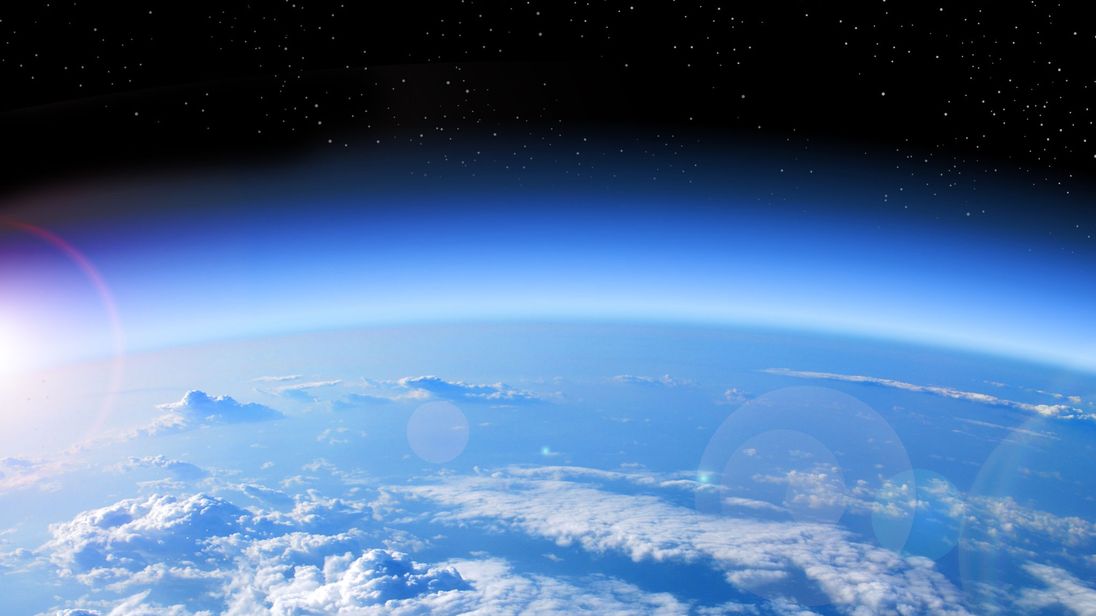Scientists expect the Northern hemisphere and mid-latitude ozone holes to be completely repaired some time in the 2030s, according to the first assessment of the ozone hole since 2014.
The study, "Scientific Assessment of Ozone Depletion: 2018," published Monday by the United Nations and the World Meteorological Organization, highlighted the decrease of ozone-depleting substances as the cause for the ozone's rebound. The study, which is conducted every four years, monitors ozone activity and represents the latest ozone assessment since 2014.
The ozone is a protective layer that shields life on Earth from dangerous, ultraviolet sun rays.
The recovery rate of the ozone has ranged from one to three percent since 2000. Scientists credit those gains to the Montreal Protocol, a 30-year old international agreement aimed at reducing the use of chlorofluorocarbons, or CFCs, and other ozone-depleting substances that come from aerosol cans, cooling and refrigeration systems and other objects.
Next year, the impacts of the Montreal Protocol are expected to grow with the ratification of the Kigali Amendment, which is designed to cut even further the use ozone-eroding gases in refrigerators, air conditioners and products.
Scientists said the Southern Hemisphere ozone should fully recover some time in the 2050s, and polar regions will be recovered in the 2060s.
The findings come along nearly a month after the release of an Intergovernmental Panel on Climate Change report describing the destructive impact of a two-degree Celsius temperature rise on the environment. United Nations chief António Guterres called the revelation an "ear-splitting wake-up call."
Scientists said the Kigali Amendment could help lower the Earth's temperature by 0.4 degree, keeping under the dangerous two degree mark.
"The Montreal Protocol is one of the most successful multilateral agreements in history for a reason," Erik Solheim, head of the UN Environment, said in a press release. "The careful mix of authoritative science and collaborative action that has defined the Protocol for more than 30 years and was set to heal our ozone layer is precisely why the Kigali Amendment holds such promise for climate action in future."
By Tauren Dyson
Fuente: www.upi.com
